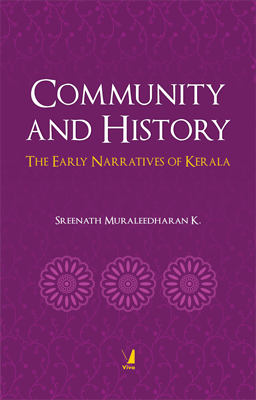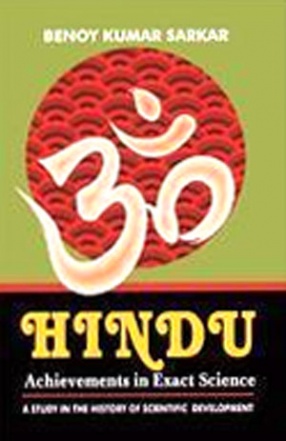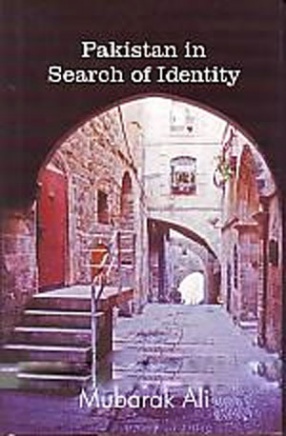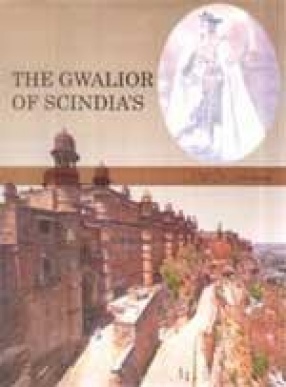The book is a study on community narratives which hinge on the interface of travelogue and history, through which evolves an important aspect of the history of Kerala. The study illustrates the historiographical potentialities of community and travel narratives by exploring the possibilities of diverse readings of the past. Through a close scrutiny of two early narratives, Tuhfat al-Mujahidin (16th century) and Varthamanappusthakam (18th century), the author tries to unravel some of the hitherto unnoticed contours of the cultural geography of the region from which evolved the state of Kerala. And by an alternative reading of history through these narratives it is argued that the nationalist non-religious imagination of the secular was tantamount to undermining minority identities. The two texts under analysis bring out the fact that the minority identities of the sixteenth century Mappila (Muslim) and the eighteenth century Nazrani (Christian) communities were shaped by religious imagination as against the nationalist assumptions. Accordingly, it has been well argued that in the colonial context in which these identity assertions were shaped had in the process as the ‘other’ not the native Hindu but the alien Portuguese. Significantly departing from the Poststructuralist assumptions of community and by resorting to the New Historicist conceptualizations, the study offers a critique of the received western notions of secularism as contra religion and establishes that the eastern tradition of secularism has always been deeply religious. The study is well-wrought within the theoretical perspective that text is historical and history textual, and exemplifies the discursive convergence of the literary and the non-literary sources which could fruitfully be used in interpretation and inquiry especially in reading the past.
Kerala has ever been a site of pluralism with diverse religious and ethnic groups coexisting from early times. Muslims, Christians, Jews, Buddhists, Jains and Hindus have co-existed in all their heterogeneity in this geographical space. The expressions of their identities were often results of the close associations with each other which led to cultural as well as religious responses.
Much of the colonial and nationalist historiography of Kerala has had significant omissions. These narratives are discussed here as varied voices, which again, testify that history and historiography have never been homogenous. The history of Kerala is not separated from the history of India and of the world itself. A different cultural geography or oceanography connects Kerala more to Asia and Europe than to the rest of India. The presence of the earliest Christian, Muslim and Jewish communities of India in Kerala is a clear indication towards that end. The author argues that events in Kerala history were often shaped by the world at large than nationalism.






There are no reviews yet.